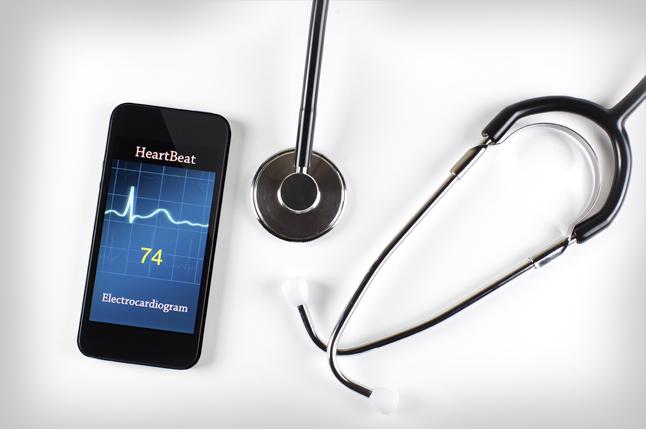
There is a hype around Internet of Things and healthcare is one sector where things, that of Internet, can really revolutionize the way they function.
The fact is that digitally connected devices can become a meaningful enabler of personalized solutions to improve people’s lives. The ‘Internet of Things’ has become central to how most of the companies looking at innovation– the art of listening, better engagement and driving inspiration from customers.
The ‘Internet of Things’ has become central to how most of the companies look at innovation
The Internet of things has been forecasted to achieve a $20 billion total available market by 2018 and it is inarguably here already for innovators and early adopters.
In Indian context, the last 30 years have been about creating physical infrastructure. But things are changing, with more and more digitally connected devices getting into the technology landscape, paving way for technologists to get all these devices together by connecting them to each other. The future is devices talking to devices.One sector are BPO where this trend is catching up fast. The focus is now shifting to healthcare.
In healthcare, the biggest challenge for the CIO or the ITDM is how to scale up access to healthcare without adding to physical infrastructure
Krishna Kumar, Managing Director, PhilipsIndiasays, “The Internet of things is extremely important, particularly at this juncture in all the spaces that we play as a company. In Healthcare, the biggest challenge for CIO or ITDM of a hospital chain or diagnostic chain is how to scale up access to healthcare without adding to physical infrastructure. This is one challenge CEOs and CIOs have been looking to address for a long long time.”
Remote monitoring of patients
Philips has just launched eICU. The eICU program clinically transforms the ICU, using a proactive care model that provides a solution to growing physician and nurses who are sitting at a central control system to remote monitoring patient irrespective of which part of world they are based.
Kumar says, “Over the last 1 year, we have tested over 1000 ICU beds from small cities likeWarangalto metros likeDelhifor looking at last mile connectivity and pressure checked the system for Indian rural and urban landscape. What we are doing is taking telemedicine to a different level and introducing internet of things to real time ICU environment. We are able to do it in radiology, cardiac centers, respiratory care and mother and care centers.”
“Digitally connected devices can really help in improving the experience of not only patients but also the way the hospital functions”
Manipal Hospitals has grown by leaps and bounds in recent years. With its aggressive plans on mergers and acquisitions, the Bangalore-based hospital is now looking at acquiring more and more hospitals inIndiaas well asMalaysia,South Africa,Abu DhabiandDubai. InIndia, the focus is onBangaloreas well asNorth India.
Enhancing experience of patients
From the IT perspective, integration is the key challenge where, Nandkishor Dhomne, CIO, Manipal Health Enterprises thinks digitally connected devices can really help in improving the experience of not only patients but also the way the hospital functions.
Dhomne says, “The IT team looks at the future and equips the hospitals with emerging technologies. For example, the approach towards mobility is all embracing. Loads of applications have been deployed, mostly based on iOS for enterprise mobility; but in consumer apps, the focus is on both Android and iOS.”
The applications that have been deployed for the enterprise are predominantly iOS apps for doctors. These apps have been rolled out as proof-of-concept (POC) to about 7 doctors. Using the app, the doctors can order online, analyse the complaints, diagnose and prescribe on iPads, with the help of Wi-Fi printers. It then integrates with the back office HIS so that the common Electronic Medical Records (EMR) gets created.
Automating health checkup with sensors
Another example is ingestible sensor which has been developed by Proteus Digital Health. This sensor is part of the pill that patients swallow everyday and it tracks whether a patient is taking his medication on schedule or not.
The patient’s body powers the ingestible sensor. With no battery and no antenna, his stomach fluids complete the power source and your body transmits the unique number generated by the sensor. Then, the patch, body-worn and disposable, captures and relays patient’s body’s physiologic responses and behaviors. It receives information from the ingestible sensor, detects heart rate, activity, and rest, and sends information to mobile device.

 In
In
Add new comment